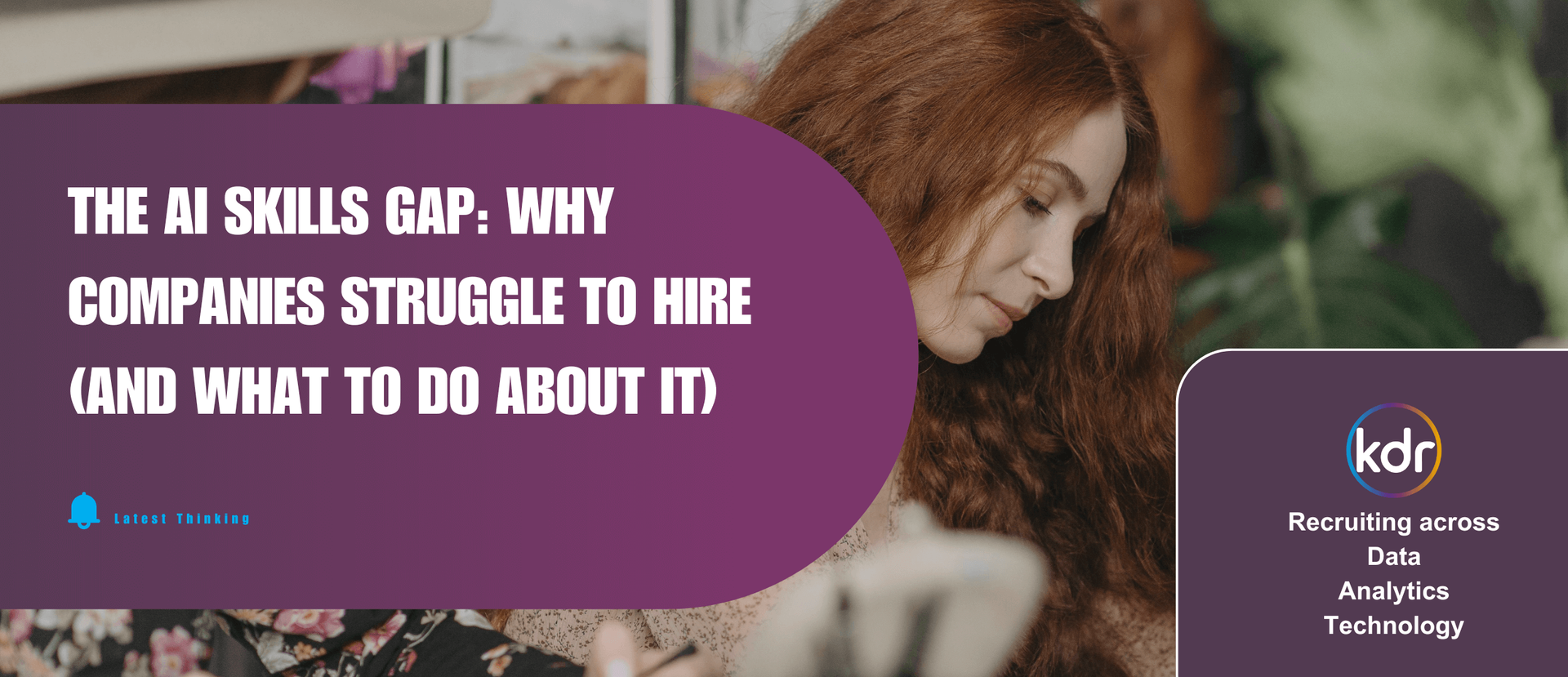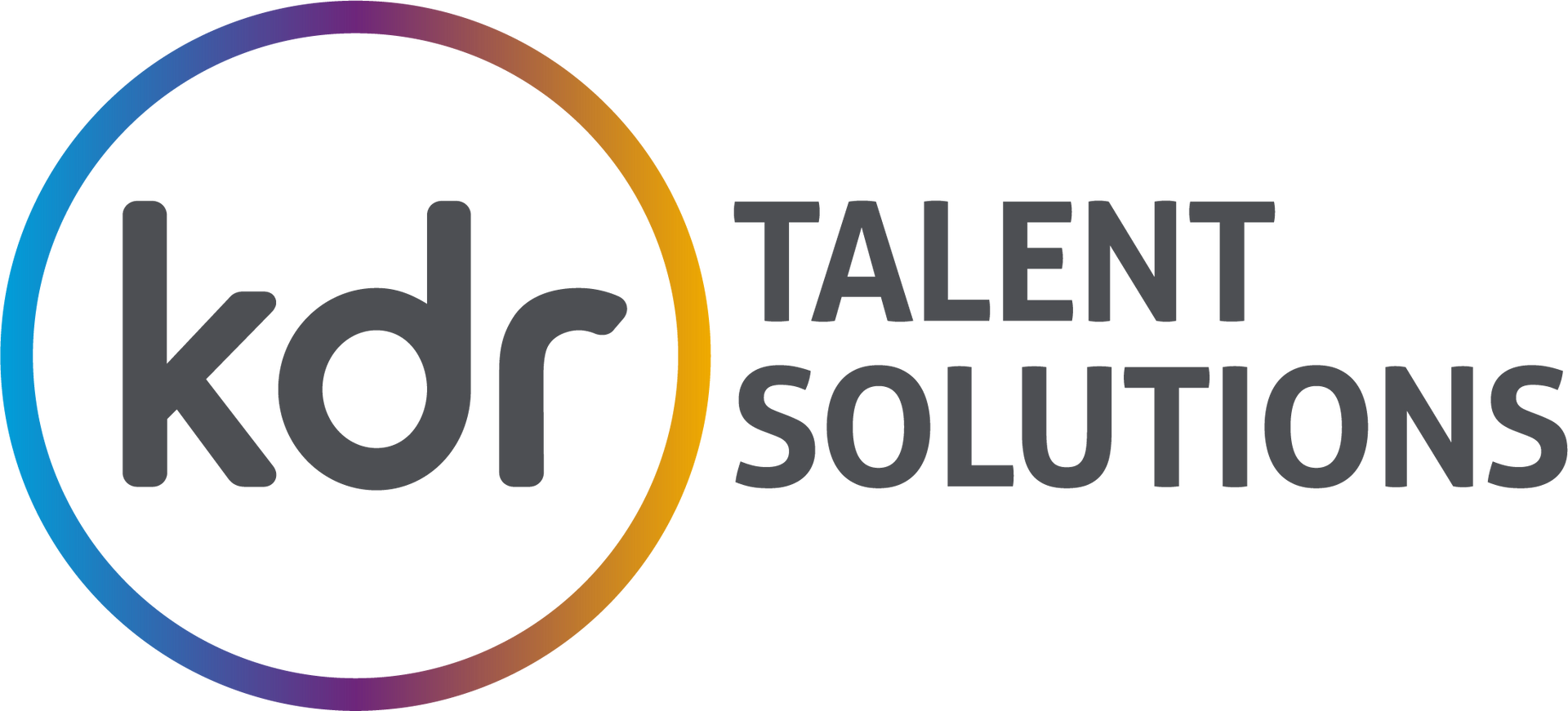Using Candidate Motivators in your Data Hiring Strategies
Data from the State of Data 2024

Hiring Strategies for the Motivators of Men and Women in the Data Industry: Insights from the State of Data 2024
Recruiting the best people for the team can sometimes feel like trying to find a needle in a haystack. The problem that some companies create without realising is they exclude candidates from the process by not tapping into the known motivators for staying in, moving into or leaving a role. Motivators are the core drivers that encourage professionals to join and remain within an organisation. The report highlights career progression, meaningful work, flexibility, and leadership vision as primary motivators. These factors not only help to attract talent but also ensure long-term engagement and retention.
The State of Data 2024 report also offers valuable insights into the motivators for both men and women working in data roles, which are crucial for organisations seeking to attract and retain top talent. By tapping into these motivators, companies will naturally showcase and highlight projects and benefits that resonate well with both men and women, rather than just appealing to one or the other. As we delve into the findings from the report, we see that while there are many similarities in the motivators for men and women in the data field, subtle differences exist that can inform hiring strategies. By aligning recruitment practices with these motivators, businesses will create a more inclusive hiring process.
What’s The Common Ground? Career Progression and Interesting Projects
Across both men and women, career progression and interesting projects were consistently identified as the top motivators for staying in a role. The ability to influence business strategy was also highly valued, regardless of gender. This suggests that, for both men and women, providing opportunities for growth and the chance to engage in meaningful, challenging work are paramount to job satisfaction.
Organisations can leverage this information by creating clear career development paths and ensuring that their teams understand the impact each project has on the business. Ensuring that employees understand how their contributions align with the company’s broader business strategy will not only help retain talent but also improve overall performance.
Key Motivators for Women in Data
For women in the data industry, hybrid-working and flexibility were among the top motivators. As mentioned before, the ability to influence business strategy ranked higher that the ability to work on interesting projects. Career progression was ranked 5th.
Women in the data industry are increasingly prioritising workplaces that offer a sense of purpose, where they can make an impact and influence strategy.
Key Motivators for Men in Data
Men, on the other hand, placed slightly more emphasis on financial rewards, with salary ranking higher among their motivators compared to women. Career progression was the top answer and the ability to influence business strategy was voted 3rd. Interestingly, men in data roles were more likely to place emphasis on a sense of belonging than women, so culture is important to them. The second most important factor to the male respondents was the ability to work on interesting projects.
Tailoring Hiring Strategies to Motivators
Flexibility and work-life balance: Organisations looking optimise their chances of attracting top female talent into the hiring process, should consider emphasising flexibility in their work models, particularly the option for hybrid or remote work. With work-life balance being a significant motivator for women, providing flexible working hours or remote working options can make a substantial difference in attracting women to the data field.
Career Progression: Both men and women prioritise career progression, but the path to advancement should be clearly defined and accessible to all employees. Organisations should invest in training programs, mentorship opportunities, and leadership development initiatives. A transparent career progression framework helps employees of all genders feel valued and ensures they see a future within the company.
Inclusive Culture: An inclusive workplace culture is especially important now, perhaps with the change in working arrangements over the last 4 years or so. Companies should ensure that remote or hybrid employees have access to the same opportunities as those that are fully office based. This includes providing leadership opportunities, addressing unconscious bias, and encouraging a collaborative environment.
Compensation: While both genders value career growth, men are more likely to consider financial rewards as a significant motivator. Offering competitive salaries and performance-based incentives is essential for attracting and retaining male talent. However, compensation should be structured in a way that is equitable across genders, ensuring fairness and transparency in pay.
Challenging and High-Impact Work: Most were motivated by the opportunity to take on high-impact projects and significant responsibilities. Organisations should seek to align their recruitment efforts by providing candidates with a clear understanding of the type of work they will be doing, emphasising the strategic value of the roles and the potential for personal and professional growth.
Conclusion: One Size Doesn’t Fit All
The State of Data 2024 reveals that while there are many overlapping motivators for both men and women in the data industry, subtle differences exist. By understanding these differences and aligning hiring strategies accordingly, organisations can attract and retain top talent more effectively.
For companies looking to build a diverse, high-performing data team, it’s crucial to recognise the importance of both career progression and flexibility, while also considering how financial rewards and challenging work can appeal to different segments of the workforce. Fostering a culture of inclusivity and offering opportunities for personal growth will ensure that organisations remain competitive.
By tailoring hiring strategies to these motivators, businesses can create a more engaged and loyal workforce, driving both individual success and organisational growth in the data industry.
Steps to Anchor Recruitment in Motivators
1. Define Your Employee Value Proposition (EVP)
Craft a strong EVP that emphasises the motivators your organisation offers. Highlight elements such as:
Opportunities for growth and development (training, leadership programmes).
Flexible working arrangements (remote or hybrid models).
Diversity and inclusion initiatives that foster belonging.
Tip: Showcase your team’s contribution to business outcomes and emphasise unique project opportunities to stand out in the market.
2. Leverage Data Insights
Use analytics to gain a deep understanding of workforce trends and motivations. For example:
Analyse survey data to uncover why current employees joined and chose to stay.
Benchmark motivators against industry standards to refine your offerings.
3. Diversify Hiring Channels
To access a diverse talent pool, expand your outreach beyond traditional channels. Strategies include:
Engaging with professional networks that support underrepresented groups.
Promoting inclusivity in job adverts to attract a broader range of candidates.
Example: Successful organisations prioritise motivators such as hybrid working options for women and culture-focused benefits for underrepresented groups to foster inclusivity.
4. Adopt Skills-Based Hiring
Move away from traditional role-based hiring and focus on skills-based recruitment. This approach opens opportunities to a wider pool of candidates and aligns with motivators like career progression and engaging projects, by valuing adaptability and potential over former experience.
5. Enhance the Candidate Experience
The recruitment process reflects your organisation’s culture. Ensure that:
Communication is clear and timely at every stage.
Feedback is provided, with transparency throughout the hiring journey.
Interview processes are streamlined to avoid frustrating candidates.
NOTE: Many candidates cite poor communication and prolonged processes as major deterrents in recruitment.
6. Invest in Leadership Development
Leaders play a critical role in delivering on motivators. Equip your leadership team with:
Training to create inclusive and supportive team environments.
Tools to align individual goals with overarching business strategies.
Measuring Success in Diverse Hiring
To evaluate the impact of motivator-based recruitment:
Monitor metrics such as retention rates, employee satisfaction, and diversity indices.
Conduct regular reviews to align hiring strategies with evolving workforce trends.






